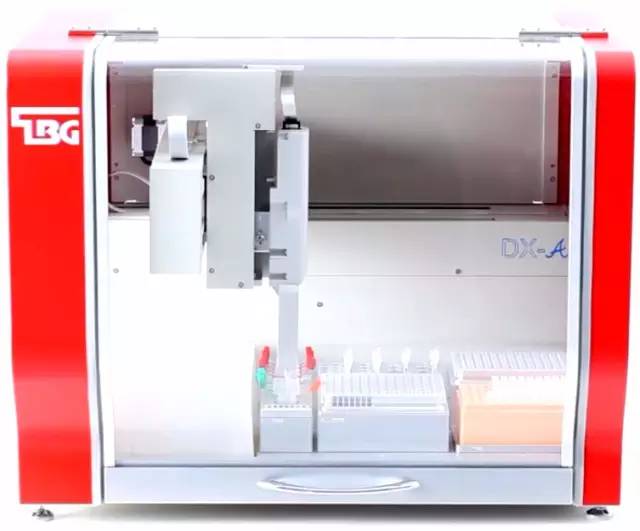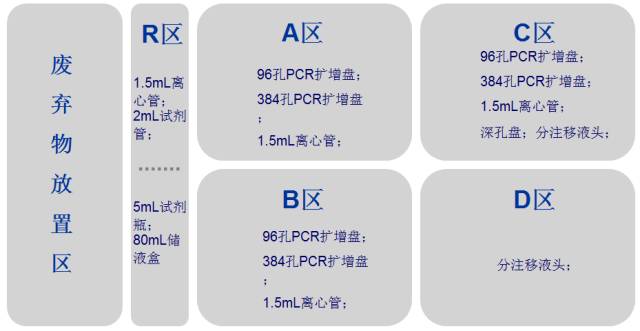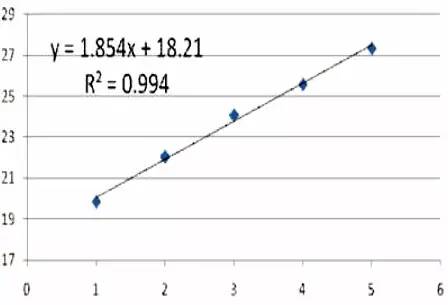

 Now Location:Home--News Center--Company News
Now Location:Home--News Center--Company News
All the students in the molecular laboratory, whether you are a top student, a scumbag, or a scumbag, should not be unfamiliar with the use of guns in the laboratory (if you feel confused, hurry up and ask for tuition fees, sigh~). Micro pipettes have become a must-have in the molecular laboratory, with ranges ranging from 2.5 microliters to 5 milliliters, which solves the varying requirements of experimenters. For experiments that do not require high precision or generality, we can easily wave our sleeves and add samples, react, and obtain results. However, for experiments that are overloaded, require high precision, or even use highly stimulating reagents, has anyone volunteered to wave their sleeves and complete them without taking away a peaceful environment? Of course, we also have experience in completing PCR on thousands or even hundreds of tissue genome samples by hand. Perhaps it was because we had too little education back then and were deceived. If there had been an automatic liquid transfer system at that time, the work efficiency would have improved exponentially.
The emergence of automatic pipetting workstations provides efficient and stable sampling and separation experiences for various scientific research platforms, while reducing the likelihood of experimenters being exposed to hazardous reagents. For laboratories that conduct large-scale PCR for a long time, research and development manufacturers of large-scale PCR detection reagents, and some laboratories that conduct precision experiments requiring liquid separation and injection for a long time, automatic pipetting systems are the best choice to replace manual liquid separation and injection.
Here, Weihe Biotechnology recommends the DX-A TM automatic pipetting workbench from TBG to you.
DX-A achieves accurate, automated, high-precision, and efficient liquid dispensing operations.

Work Area
A reasonably distributed work area can meet the requirements of commonly used PCR reaction discs and reagent tubes, as well as three target injection areas (A, B, C), greatly improving work efficiency.

Liquid transfer performance
50 μ L automatic pipette assembly | ||
1 microliter | 50microliter | |
accuracy | ± 7% | ± 1% |
accuracy | Cv ≤ 7.5% | Cv ≤ 0.4% |
200 μ L automatic pipette assembly | ||
10microliter | 200microliter | |
accuracy | ± 3% | ± 0.8% |
accuracy | Cv ≤ 1% | Cv ≤ 0.15% |
Accurate sequence dilution

What is the feeling of an accurate and precise automated liquid transfer experience? Hurry up and take action...
